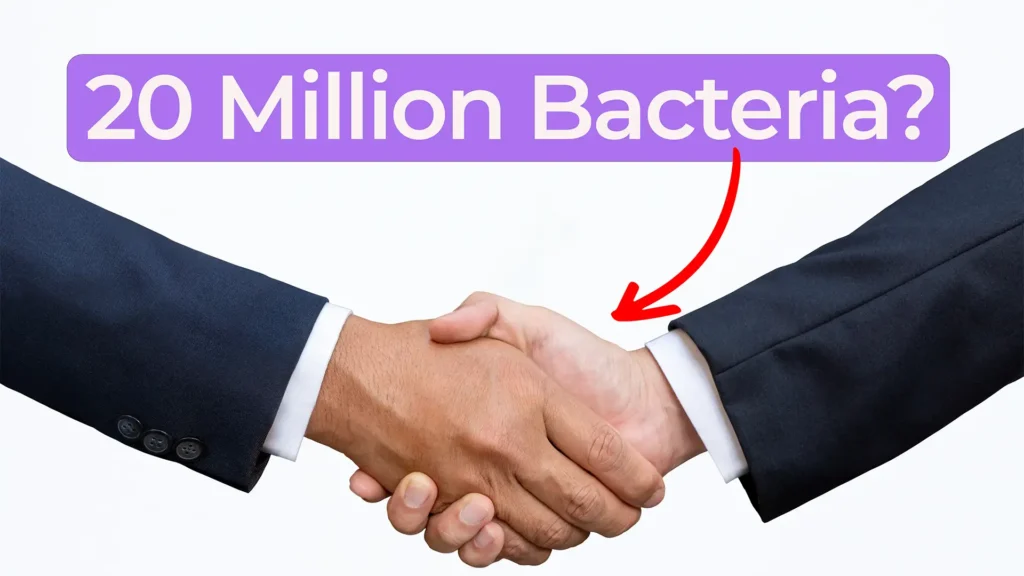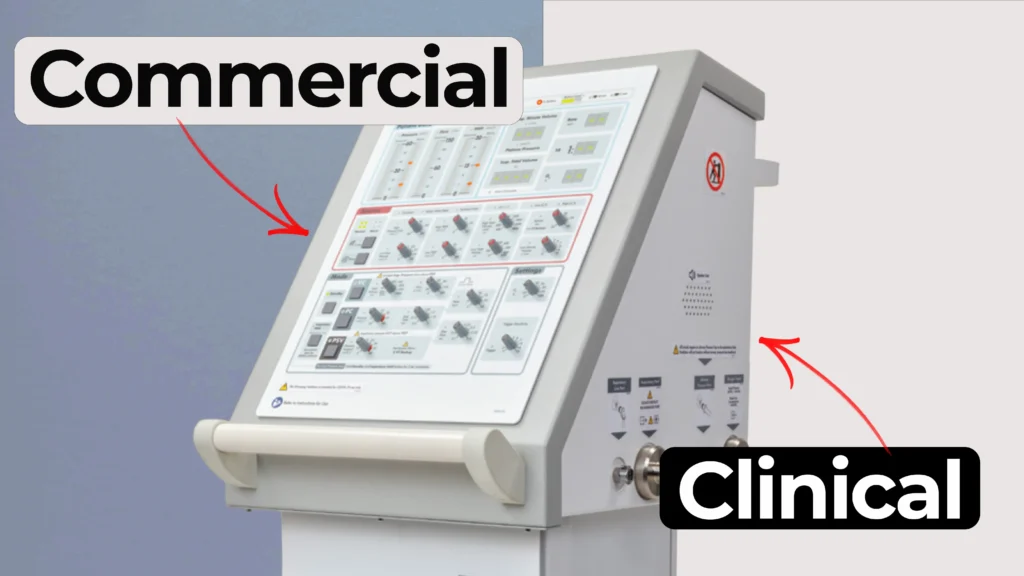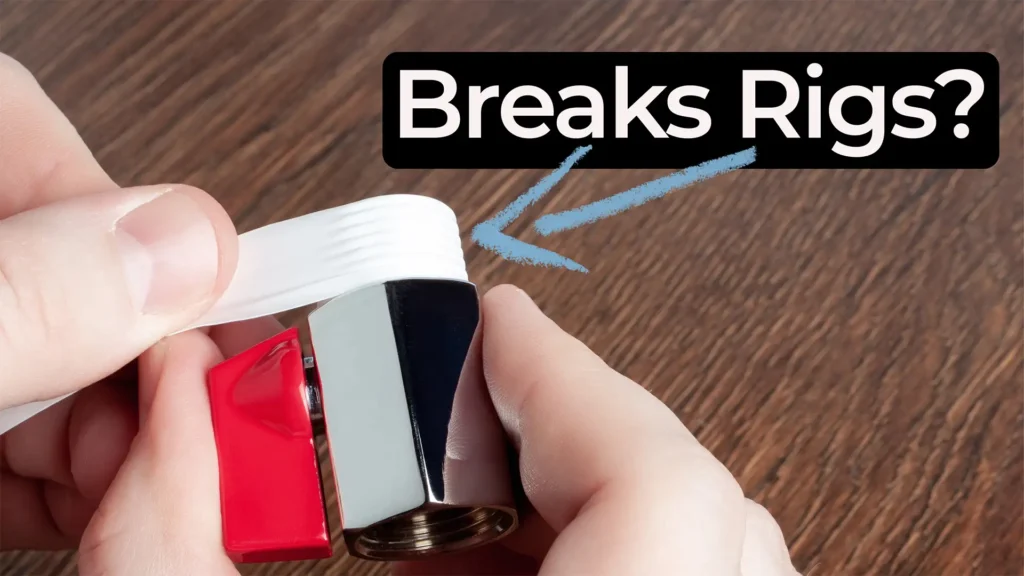
Inhaler Spacer Use: Are Adults Doing It Right?
In this episode of Bio Break, Nigel Syrotuck and Nick Allan discuss why so many people struggle with proper inhaler technique and how inhaler spacers help solve the problem.
Nigel explains that with metered dose inhalers, it is difficult to coordinate squeezing the inhaler and inhaling at the same time. Many people—children and adults alike—end up getting the dose wrong. Research shows that as few as 7% of adults use inhalers correctly, while more than half skip at least one important step. The result is wasted medication or drug buildup in the mouth instead of effective delivery to the lungs.
Why Spacers Make a Difference
Spacers were originally designed to help children, since timing the inhale with the press of the inhaler is challenging. The spacer chamber collects the drug and allows it to be inhaled gradually, making it easier to use correctly. With a one-way valve, the device even produces a reed-like sound when in use—almost like a musical instrument.
Adults Benefit Too
Although they might appear to be “kids’ devices,” spacers are recommended for adults as well. They reduce errors, improve drug delivery, and make treatment more effective. Nigel and Nick share this insight with humor, reminding us that even small devices often hide important design lessons.
Watch now to learn why inhaler spacers matter, how they make treatments easier, and why correct inhaler technique is critical for better outcomes.
Related Resources

In this Bio Break episode, Nick and Nigel explore a surprising and memorable microbiology fact that puts everyday hand hygiene into perspective.

Nick and Nigel explore how a surprisingly small set of sensors could be used to identify a wide range of common health conditions.

Understanding how clinical ventilator development differs from commercial ventilator design is essential for teams planning early studies.

Nick walks through a practical Teflon tape lesson that came from real work supporting a mechanical test rig.
